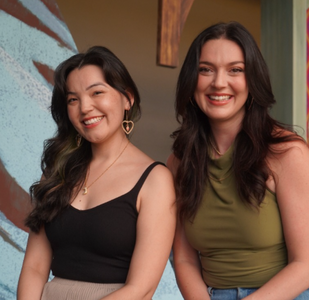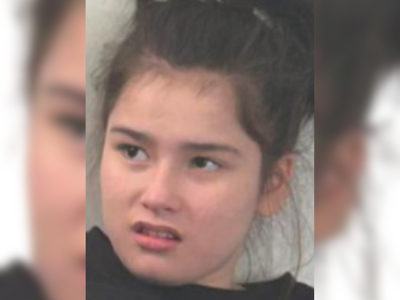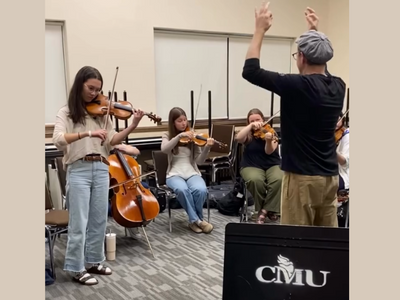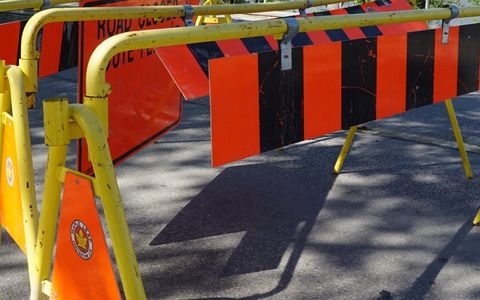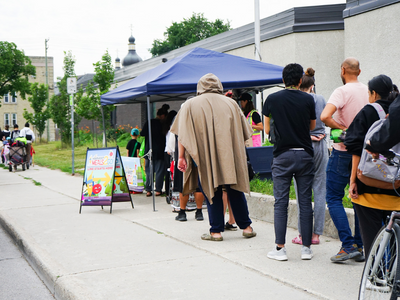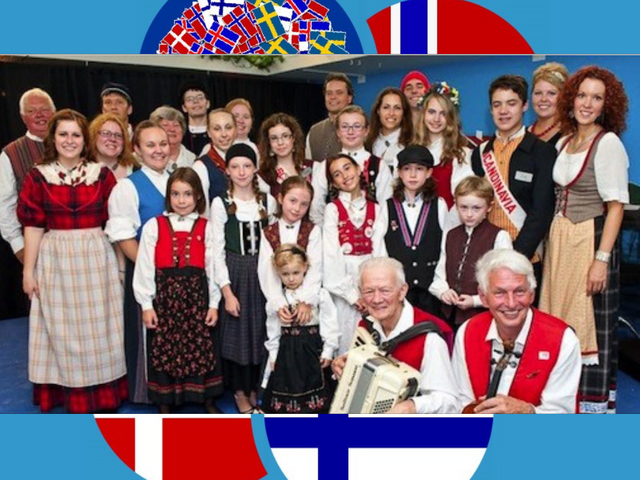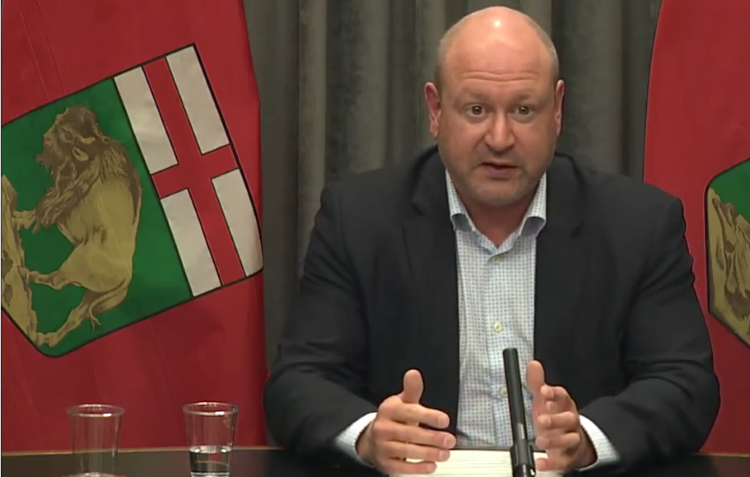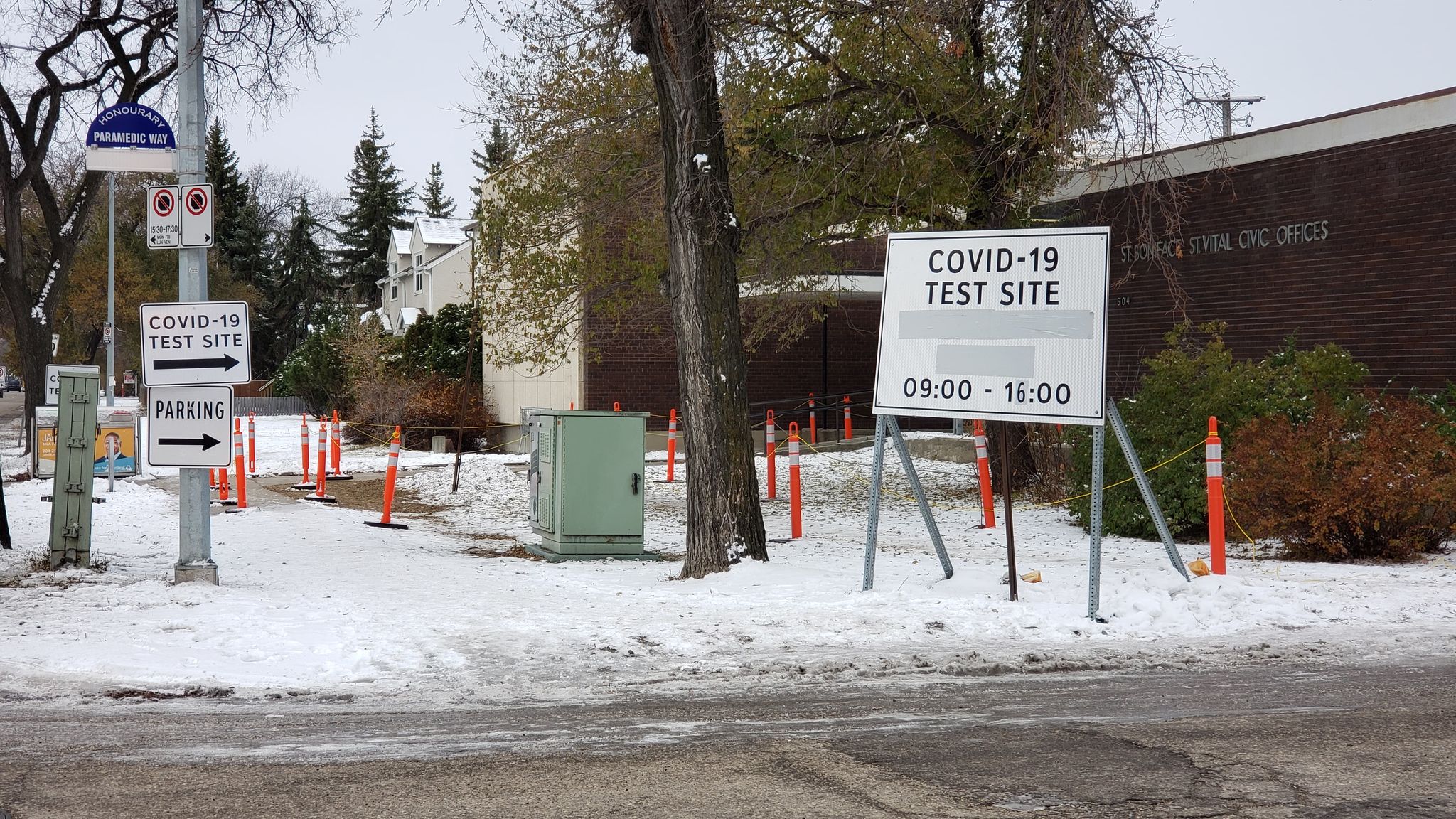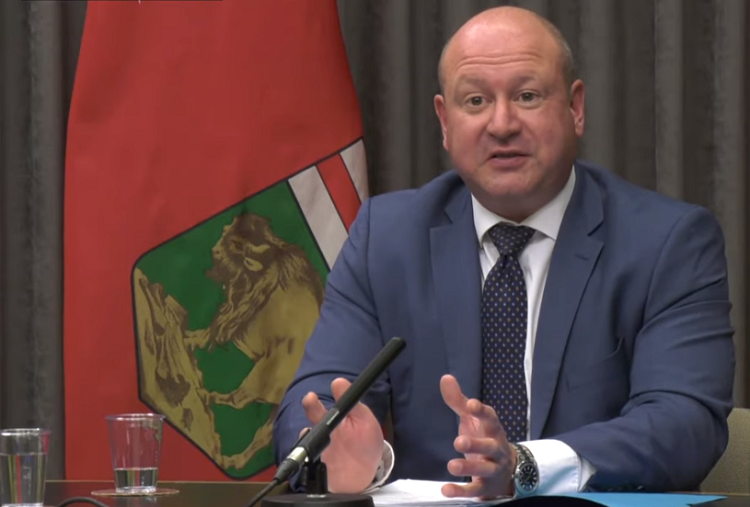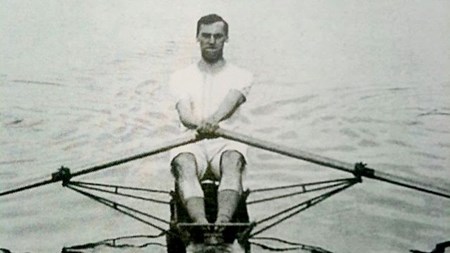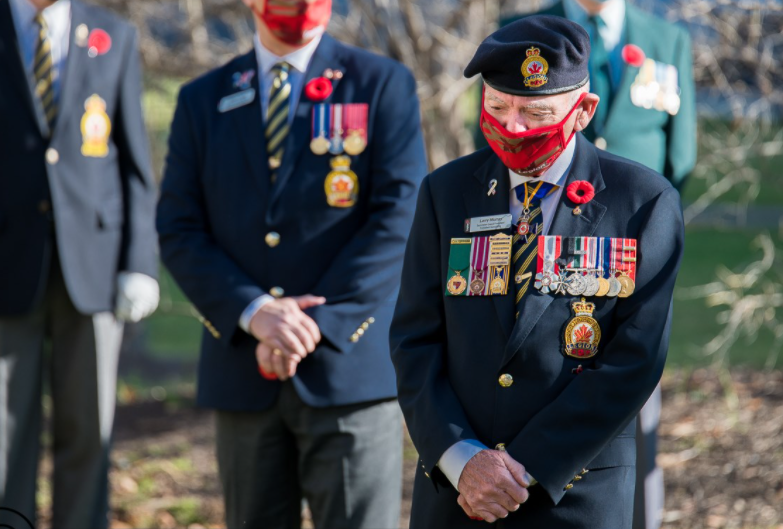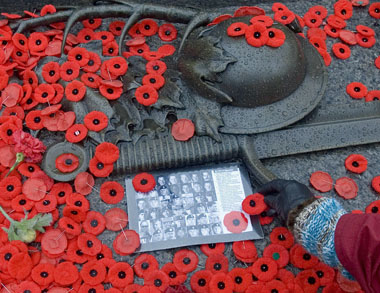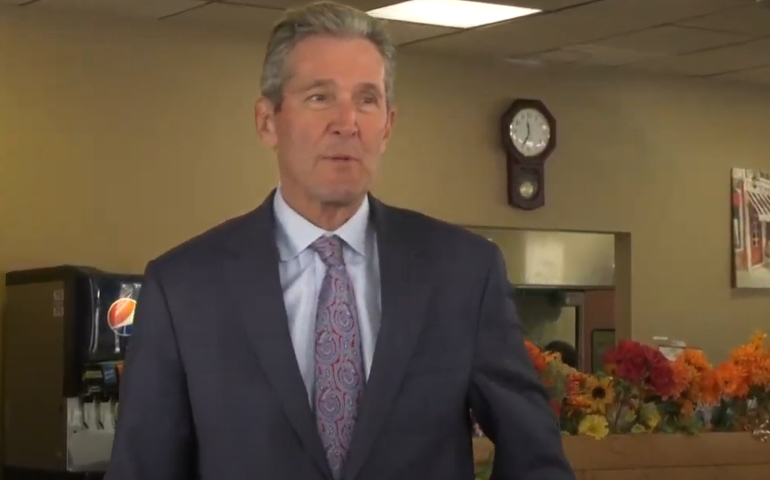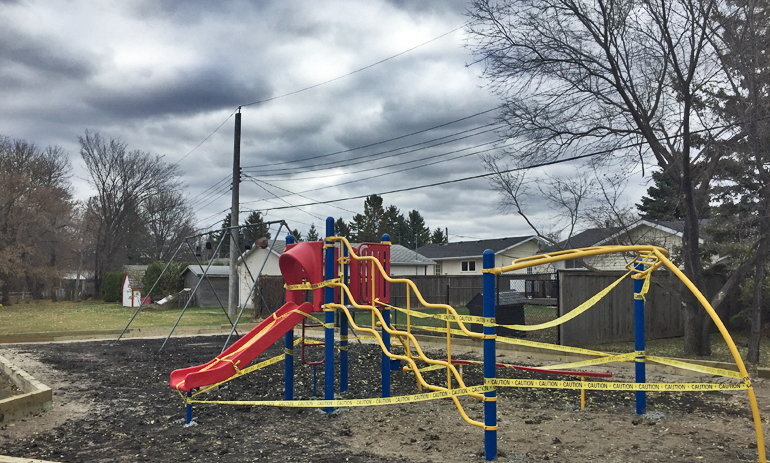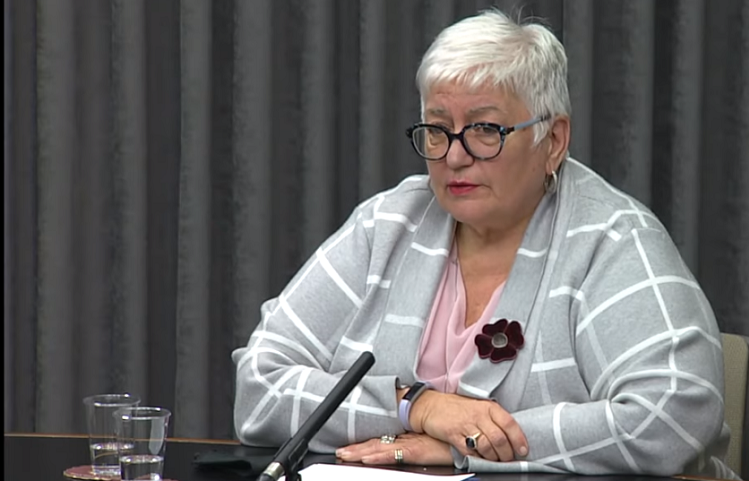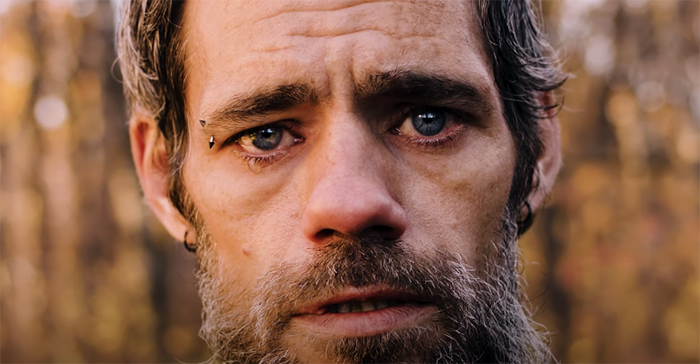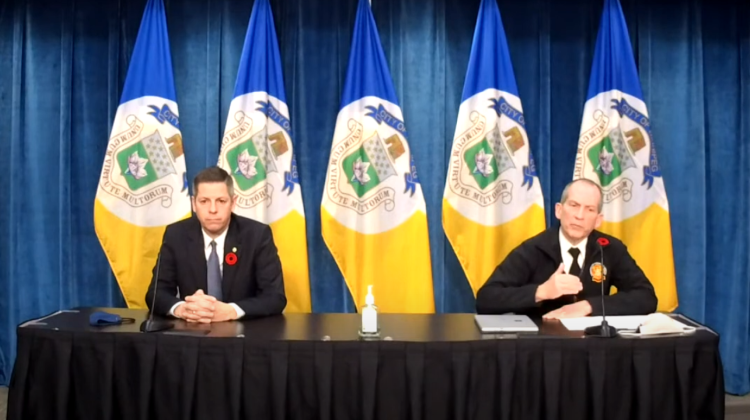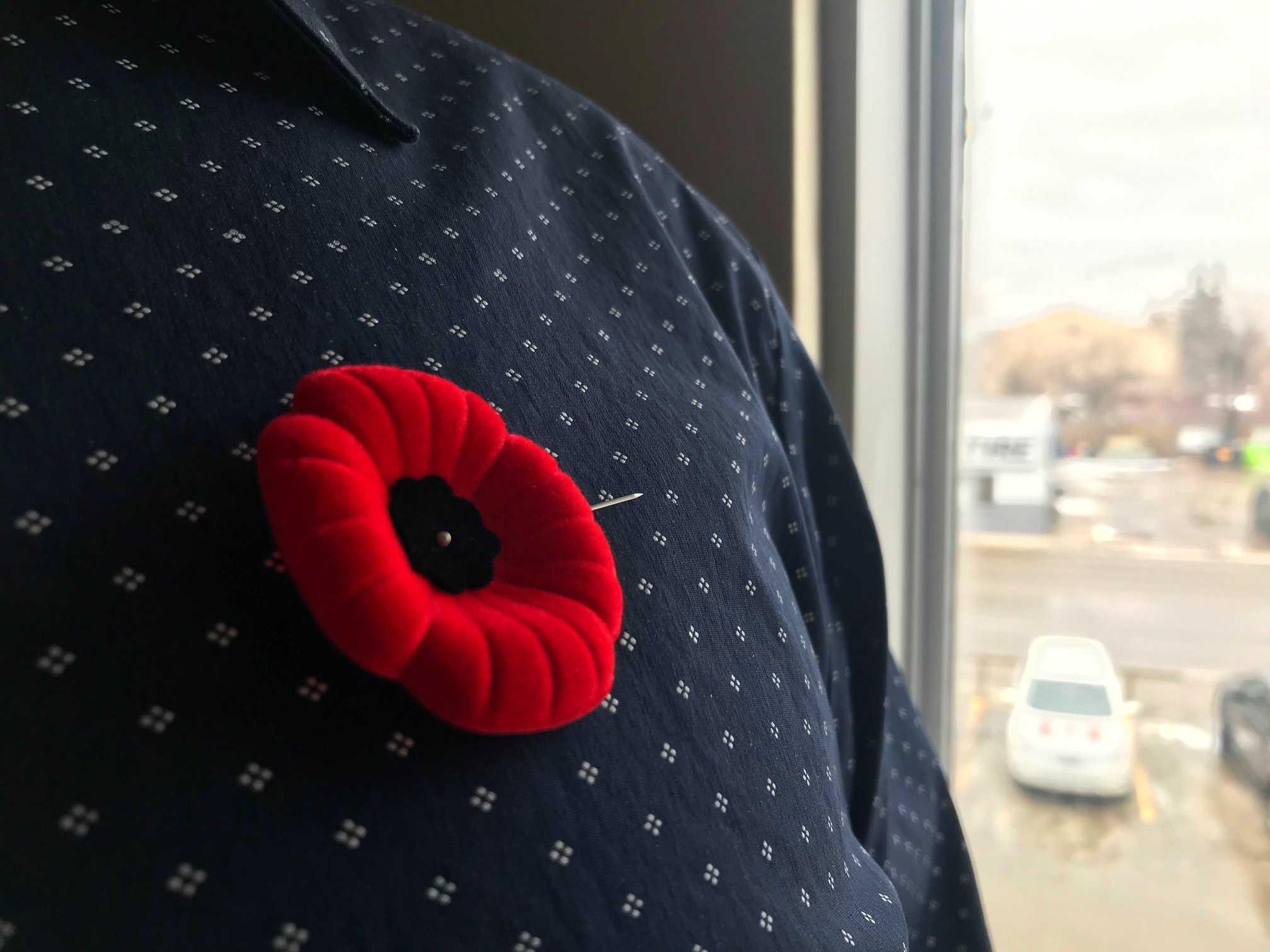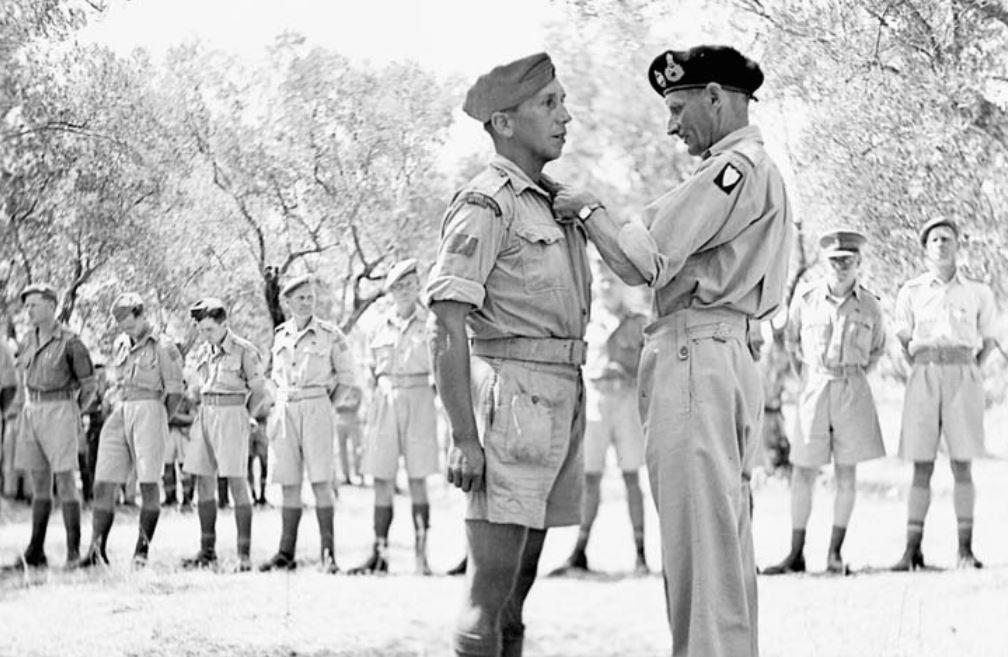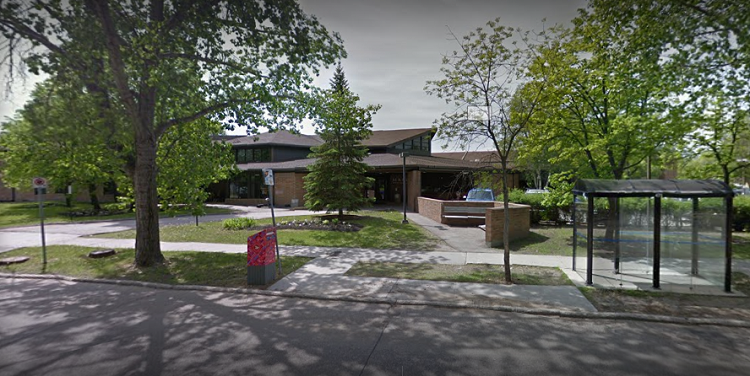Arts & Culture
Skål to culture: Scandinavian pavilion brings Nordic spirit to Folklorama
Scandinavian pavilion offers a Nordic journey at Folklorama .embed-container { position: relative; padding-bottom: 56.25%; height: 0; overflow: hidden; max-width: 100%; } .embed-container iframe, .embed-container object, .embed-container embed { position: absolute; top: 0; left: 0; width: 100%; height: 100%; } A cultural trip across the North Sea Now in the second week of Folklorama, Winnipeggers are experiencing the tastes, sights, and sounds of 26 new pavilions. Among them is the Scandinavian pavilion, located at the Scandinavian Cultural Centre at 764 Erin St. Stepping inside feels like “taking a trip across the North Sea,” with visitors able to explore the rich heritage of Manitoba’s Nordic settlers through traditional foods, folk costumes, and lively music. The pavilion celebrates the enduring impact of Scandinavians on Manitoba’s landscape — from farming and fishing to the warmth of handcrafted sweaters and hearty homestyle fare. Rooted in the Viking spirit of resilience, these traditions have helped shape prairie life for generations. Year-round Scandinavian celebrations While Folklorama is a highlight, the Scandinavian Cultural Centre offers activities throughout the year. “In around Christmas time, we actually have… a Swedish singing called Santa Lucia,” said Isla Anderson. “I was lucky enough to get to be her this last past year and it’s really fun to go and see. Then we have our Midsummer activities and a bunch of other Christmas parties for kids.” Growing up with the pavilion For both Anderson and fellow volunteer Sonja Rempel, their connection to the pavilion started in childhood. “My grandmother took me for dance lessons with the Scandia Young Folk Dancers when I was 5 and I haven’t left yet,” said Rempel. Anderson added, “It is [the same for me], except it was my mom.” Five countries under one roof The pavilion layout offers a room for each Nordic nation. “We actually have a room for each five separate countries,” said Anderson. “On the left, an Icelandic room… in the corner, a Finnish room. Then on the other corner, we have the Norwegian room… then the Danish room, then the Swedish room before you exit.” Prairie connections and immigration stories Manitoba’s landscape offered Scandinavian newcomers a familiar sense of home. With its broad stretches of farmland, countless lakes, and bracing winters, the Prairies echoed the terrain they had left behind. “Same type of lakes, same weather,” said Anderson. “Maybe here it’s a bit more harsh, but yeah.” Those similarities made the transition easier, helping new arrivals adapt their farming skills and outdoor traditions to a new life in Canada Textiles and traditions Wool and fibre arts are an important part of Nordic culture. “We have a spinner and we also have a weaver,” said Rempel. “Every country kind of has their own unique way of using… fibre. Of course, the Icelanders were famous for their lopapeys sweaters… You also have the Norwegian… [who] have their own specific sweater… Everybody’s really into wool all around.” Beyond the familiar Swedish meatballs and vinarterta, the pavilion offers an array of treats. “For desserts, which I’m very partial to, we have lots of black licorice… rice pudding with… strawberry sauce compote… rhubarb compote… and our hot dogs which are slightly longer than the normal ones,” said Anderson. “The hot dogs are very popular in Scandinavia,” added Rempel. Drinks are an essential part of the Scandinavian pavilion experience, offering a taste of Nordic warmth in more ways than one. “We have lots of imports and we also do love our ciders… as well as beer,” said Rempel. In the Nordic countries, she explained, staying warm often comes with raising a glass—whether it’s to savour the flavour or to shake off the chill. Visitors can sample a Danish spirit known as akvavit, sip on crisp ciders, or try Icelandic beer, all served with the kind of cheer that makes a Winnipeg evening feel a little more like midsummer in the north Entertainment with a theme Entertainment at the Scandinavian pavilion is lively and family-friendly, with a strong focus on traditional folk dancing. “This year, because we always pick a theme, our theme is immigration to go along with the Gimli 150 anniversary,” said Rempel. “We have the Scandia Fun Folk Dancers, which is our adult group, and the Scandia Young Folk Dancers, our kids group.” Performances feature colourful costumes, energetic routines, and live music that accompanies the dancers, creating an immersive experience for visitors. Audience members of all ages are often encouraged to join in, especially at the end of the shows when children can take to the stage themselves. “It’s really about celebrating community, heritage, and joy through movement,” Rempel added, “and seeing families get involved makes it extra special.” Viking spirit and souvenirs Visitors to the Scandinavian pavilion can also immerse themselves in the Viking heritage that is central to Nordic identity. “If you go into the Icelandic room specifically, you can find really old Icelandic books, some still in Icelandic, brought over in the 1800s,” said Anderson. Last year, the pavilion’s Viking-themed activities were a big hit, with dancers from both the adult and youth folk groups performing in dark makeup and traditional Viking-inspired attire, bringing history to life for audiences of all ages. Souvenirs complement the immersive experience, offering tangible pieces of Nordic culture to take home. In the Icelandic room, visitors can find chocolates and candies imported from Iceland, while the Finnish and Norwegian rooms also feature unique sweets. The Danish room is a treasure trove of confections, and in the Swedish room, guests can pick up iconic Dala horse ornaments, handmade mittens, aprons worn by pavilion staff, and other artisanal crafts. These keepsakes allow visitors to bring a piece of Scandinavia back with them, long after Folklorama has ended. The pitch to visit When asked for their elevator pitch to entice someone to visit the pavilion, both volunteers emphasized family, food, and cultural connection. “Our pavilion kind of encompasses what Winnipeg and Manitoba is,” said Rempel. “Our theme is immigration, and that’s what makes this city and this province so great. People decided to come to Canada because they wanted a new life and a new opportunity. That’s how I’m here. That’s how my parents were here. It’s about showing how welcoming Manitoba can be and celebrating the journeys that brought people here.” Anderson highlighted the fun and interactive aspects of the pavilion experience: “If you want to see a show that the whole family can get involved in, with kids dancing on stage at the end, good food, and cool little trinkets to take home, this is the place. It’s very family-oriented, a little party atmosphere, and a lot of fun. You get to enjoy music, history, and culture all in one visit.” Together, their pitches capture the essence of the Scandinavian pavilion: a warm, immersive, and celebratory space where heritage, community, and enjoyment come together under one roof. The Scandinavian pavilion runs until the end of Folklorama at the Scandinavian Cultural Centre, 764 Erin St. More details can be found at folklorama.ca.
